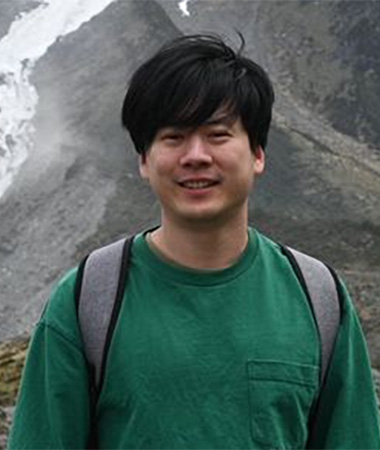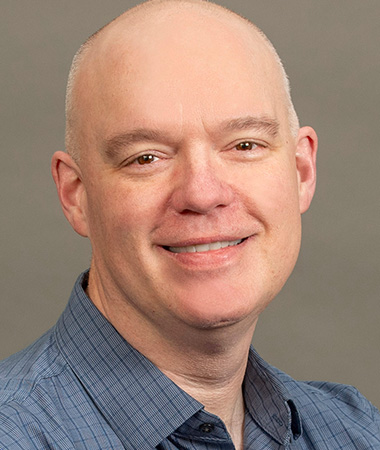Professional Development: Demystifying Peer-Review
Peer review is an essential step in the process of publishing robust and reliable psychological research. But the process of peer review can seem cryptic, especially to early career researchers who are new to publishing their work. In this webinar, researchers Kongmeng Liew and Matthew Goldrick clarify peer review with stories and tips based on their own experiences from both sides of the publishing process.
Kongmeng Liew is a lecturer at the University of Canterbury and a visiting Fulbright Scholar at the University of California, Santa Cruz. For the last year, he has also served as an Editorial Fellow for the APS journal Advances in Methods and Practices of Psychological Science.
In this role, Liew worked closely with the journal’s editor and APS Fellow David Sbarra to coordinate the peer review of multiple manuscripts and met with the editors of three APS journals each month to talk through publishing trends and ideas.
“To me that was amazing because you have the three chief editors of some of the biggest psych journals in the world,” Liew said. “It’s not something that you come by very often.”
Liew shared some of the insights he learned throughout his year as a fellow, such as the importance of a paper’s fit with the journal’s topic area and audience, how to be a good reviewer, and how journal editors identify potential reviewers.
He encouraged those who are interested in becoming a reviewer to talk with their colleagues about potential opportunities and to, most importantly, keep publishing new research.
“Whatever research you publish, that defines your research area, your reputation, and your expertise,” Liew said.
Matthew Goldrick is a professor of linguistics and psychology at Northwestern University and a member of the organizing committee for Reviewer Zero, a collaborative project working to improve the peer-review process.
Goldrick shared advice on how to navigate and respond to critical reviews, acknowledging that it can be difficult for everyone and that it is always appropriate to reach out for support throughout the process.
He also described how to volunteer for peer-review opportunities and suggested that it is always appropriate—no matter what stage you are in your career—to have a second set of eyes review responses to a negative critique.
“Peer review necessarily includes rejection and critique of work,” he said. “It’s just inherent to the process.”
Goldrick provided tips on how to deliver critical feedback as a reviewer. For example, he emphasized that critical feedback should be constructive — designed to help people improve their work and be specific about what needs to be changed.
“Don’t just say the paper is confusing. That’s not helpful,” he said. “What part of it is confusing? Why is it confusing?”
Goldrick encouraged attendees to remember the Golden Rule and consider what kind of feedback they would personally like to receive.
What you will learn:
- The basics of how the peer-review process is organized
- How to be a good reviewer for academic journals
- Tips for receiving and delivering constructive feedback
Speakers

Kongmeng Liew
University of CanterburyKongmeng Liew is a lecturer in psychology of social media at the University of Canterbury in New Zealand. His research uses computational methods to examine the emergence of online culture in social media and video games, and their effects on mental health and wellbeing in users. He previously received his PhD in Cognitive and Behavioral Science from Kyoto University.

Matt Goldrick
Northwestern UniversityMatt Goldrick is Professor of Linguistics and (by courtesy) Psychology at Northwestern University, where he directs the Cognitive Science Program. He received his PhD in Cognitive Science from the Johns Hopkins University. His research draws on behavioral experiments as well as computational modeling to develop theories of the cognitive and neural mechanisms underlying the processing of speech.

